Δαμάζοντας το τσουνάμι

Είναι ένα τσουνάμι που φουσκώνει και χτυπάει όλες τις ακτές, όπως και τις στεριές. κι είναι μόνιμο και έχει μερικές δεκαετίες που όλο και ψηλώνει....

The fifth Walking.School excursion took place in the Amsterdamse Bos on 27 March 2022, starting at 12:30 pm, lasting for a good three hours and covering 12.7 km in a loop.
The walking path visits a number of interesting corners of the park, some less known than others. Our trail was circular, starting from the main park entrance and going counter-clockwise around the park's perimeter.
The cherry trees are in full blossom. The Sun is shining with no cloud in sight and the temperature is around 14 degrees.
We start our walk on the North side of the park along Koenenkade. The Amsterdamse Bos has a fascinating history as it is entirely man-made during the 1930's, in part to also combat the economic depression of that era. As we reach the Bosbaansluis we meet the first of the hundreds of bridges that can be found inside the park, many of them very interesting and with artistic aspirations. This example is Bridge 507 and was designed by Piet Kramer and erected in 1936. It is a type of drawbridge (movable bridge). It connects the Bosbaan with the Nieuwe Meer.

Storm Eunice has left particularly strong scars along this path, with all four trees having suffered from its passage.
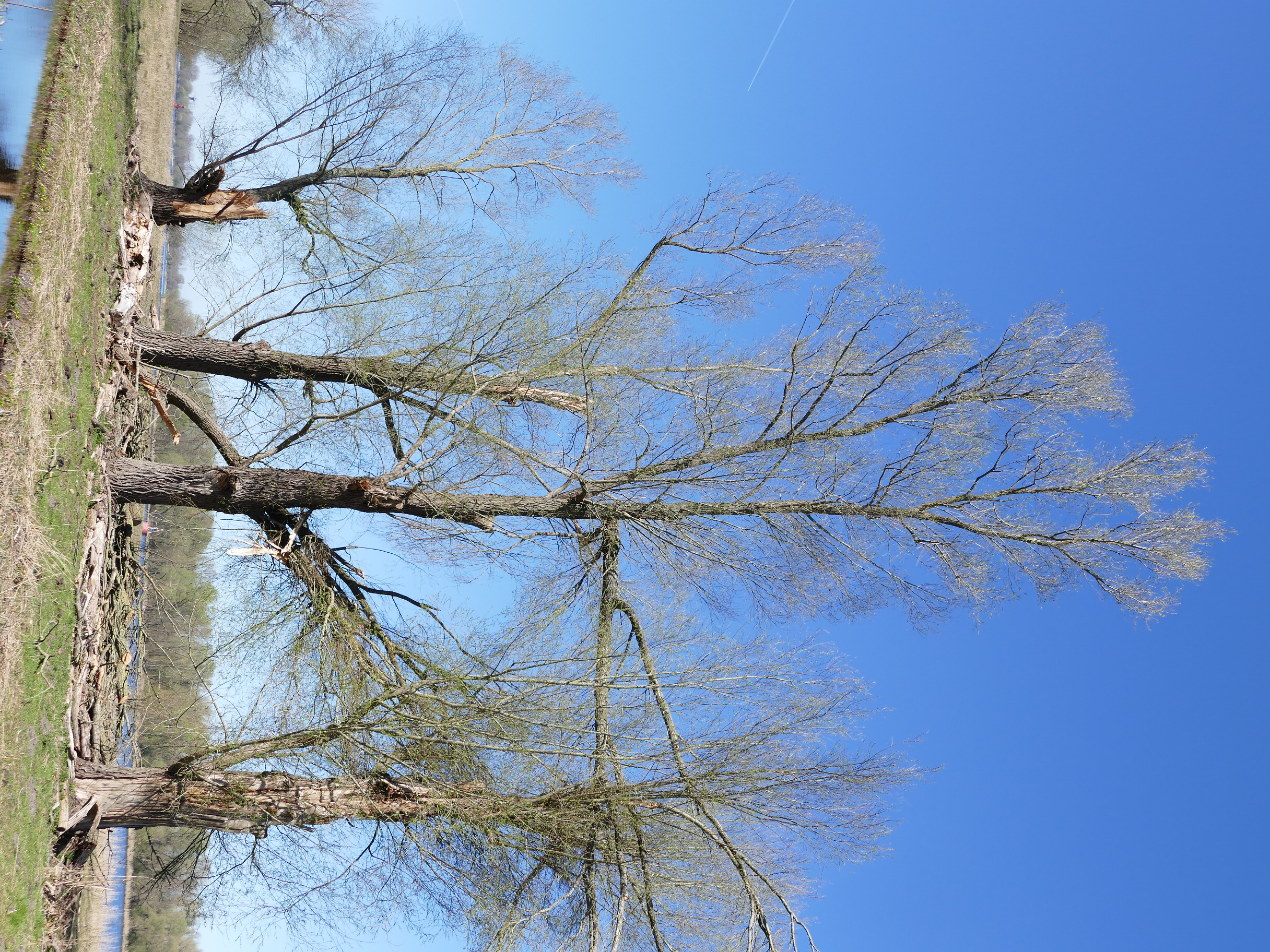
In many parts of the Bos on can see Scottish Highlanders. Their purpose is to graze the meadows so that open areas remain open and do not develop into a forest. One could do that with mowing machines, but the result would be looking artificial (not to mention the energy consumption!)
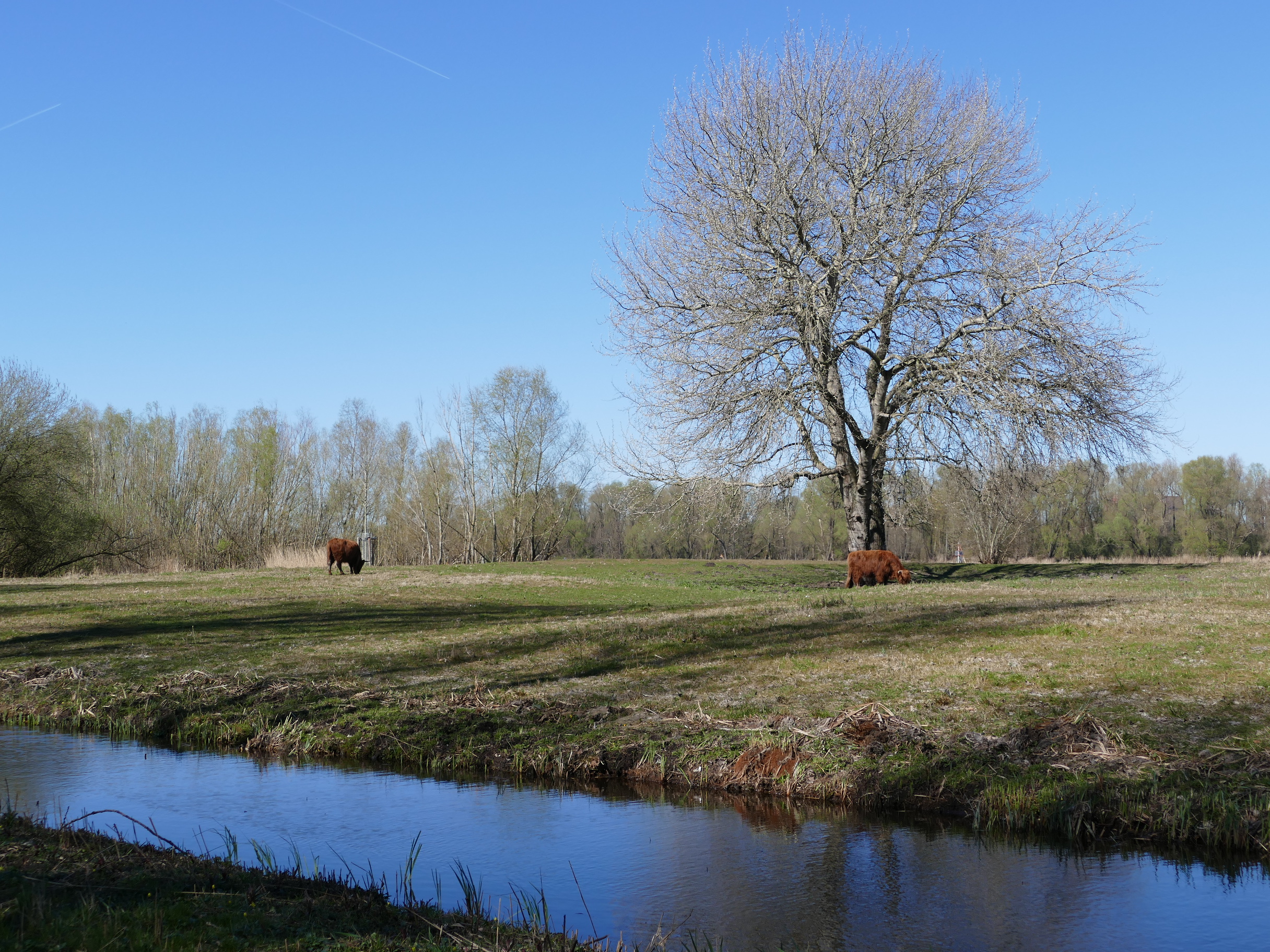
From this vantage point we have a view over the northern shores. Here on can see kingfishers but also birds of prey such as buzzards, sparrow hawks and marsh harriers. We only saw a few ducks in the remote distance. If you are more lucky you can report it here
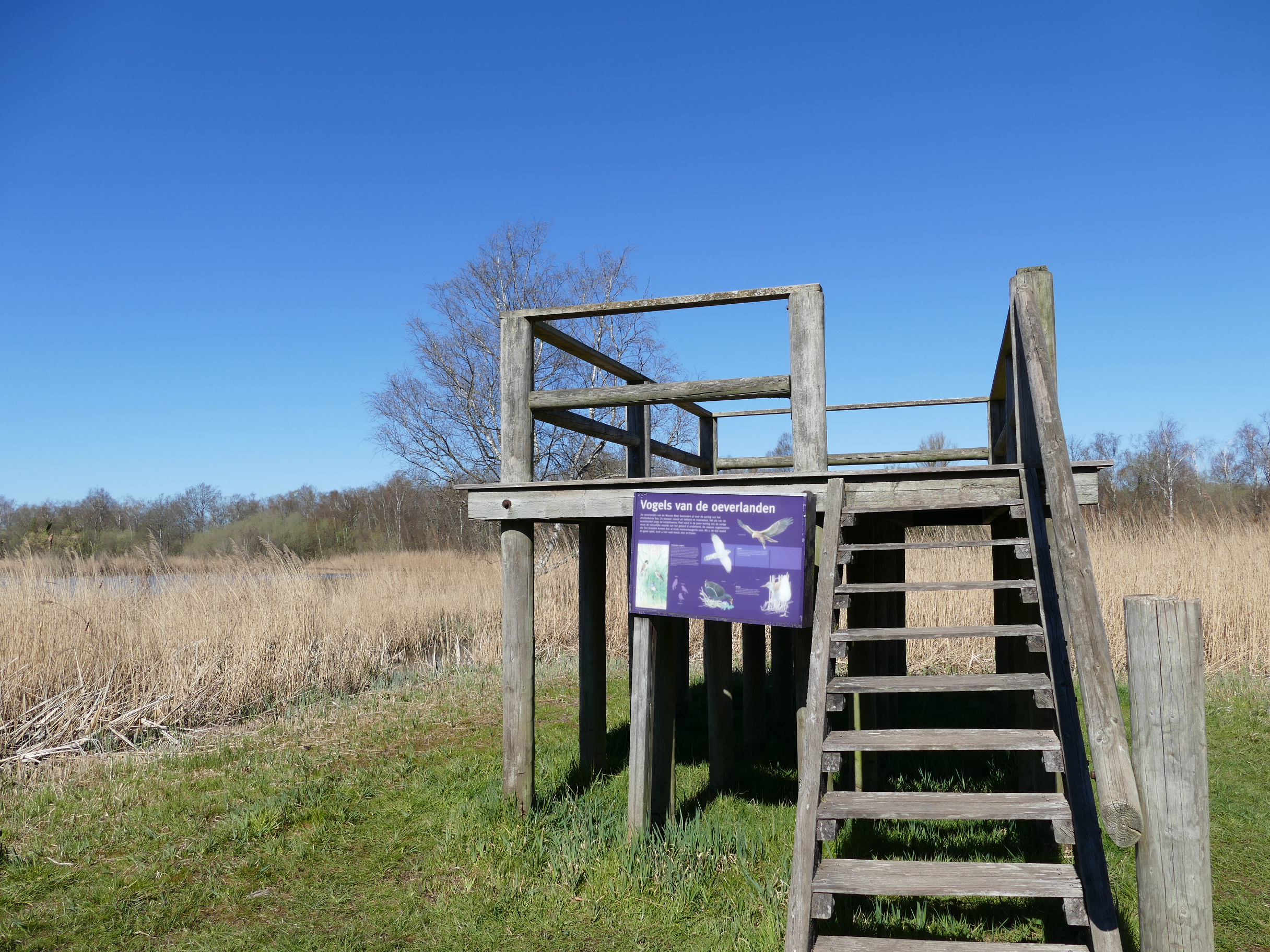
We have seen the Bosbaan before in ws01. Today it is particularly brilliant and inviting. Did you know that the Bosbaan is where Amsterdam ends and Amstelveen starts? So strictly speaking it should be called the "Amstelveense Bos" and not the Amsterdamse Bos.
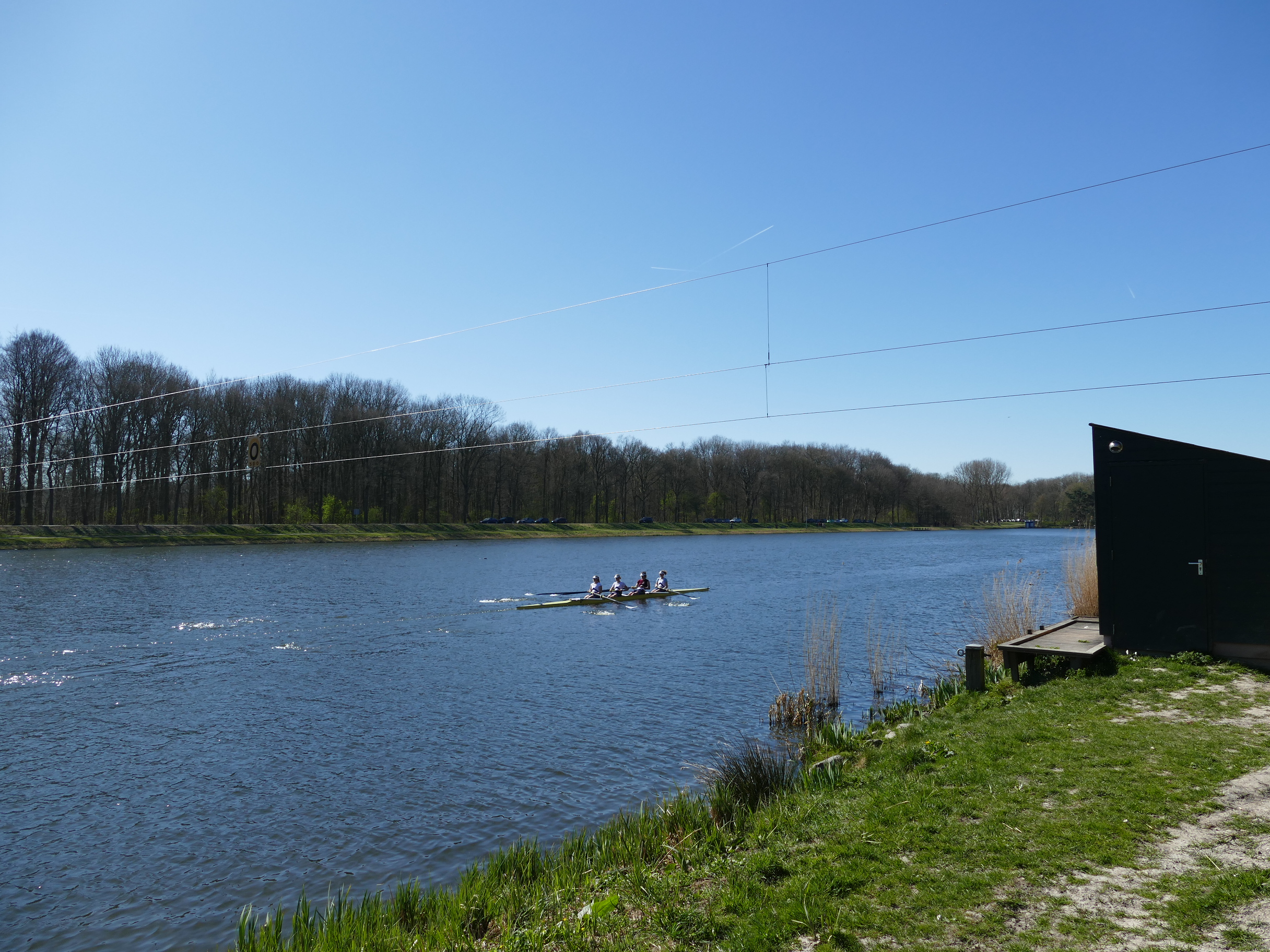
We now leave the North segment of the park and enter into its main area.
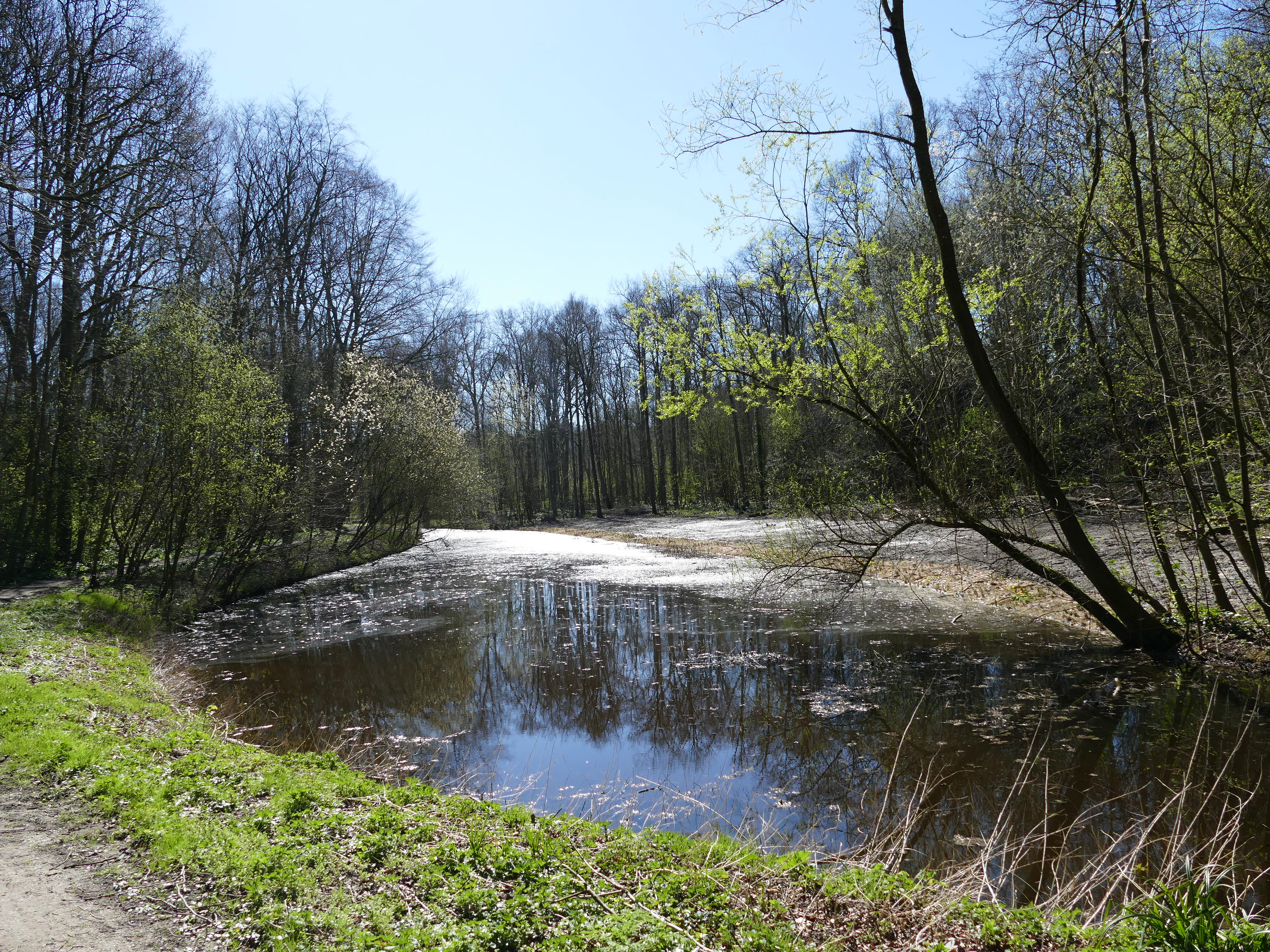
One of the many cultural activities hidden inside the park is the Amsterdamse Bostheater. It is actually one of the largest theater stages in the Netherlands! Every year they produce a large theater performance that can be seen in the Amsterdamse Bos in the summer months. The last scene is invariably played under a starry sky.
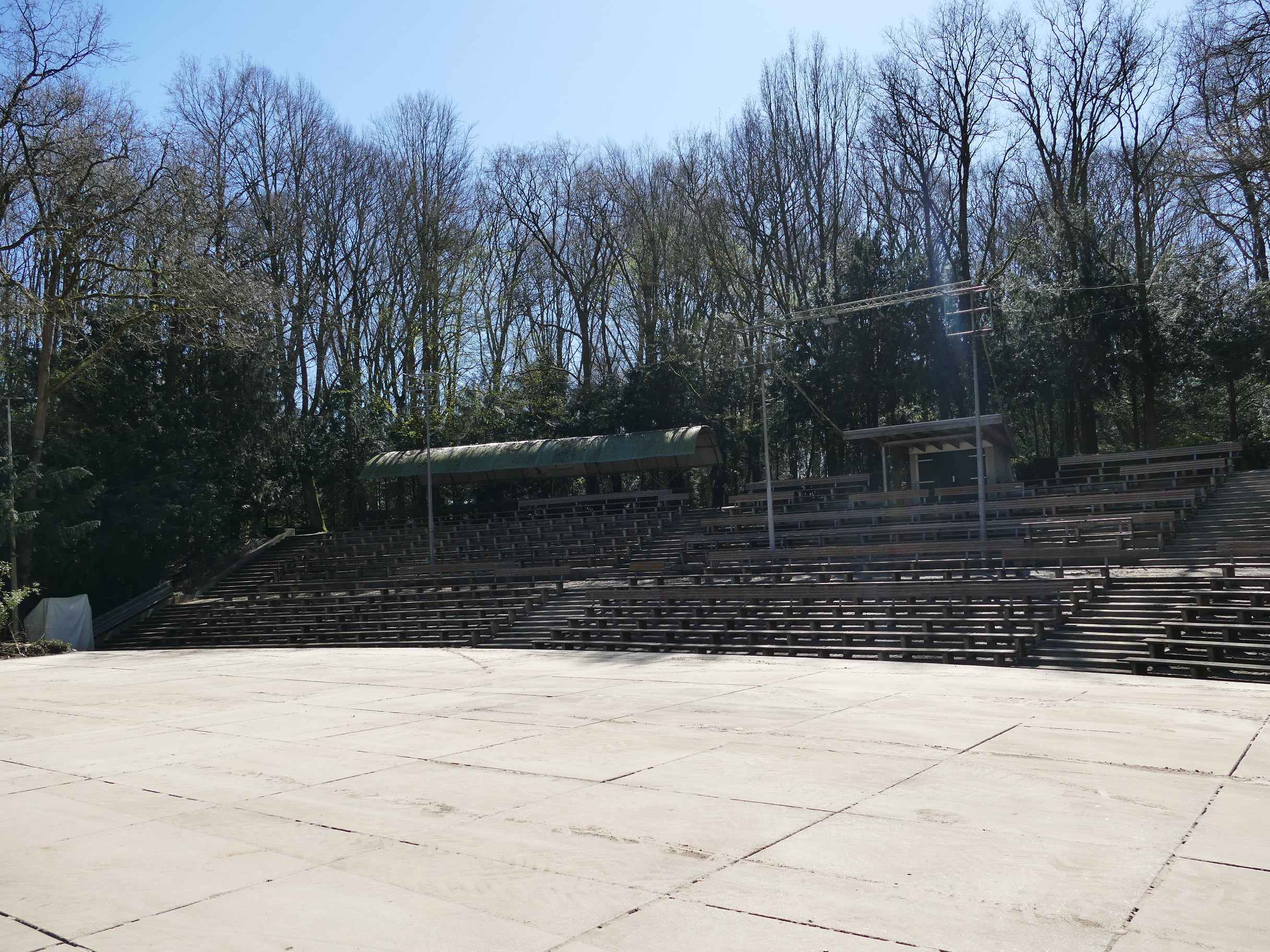
Just next to the theater we see a strange object
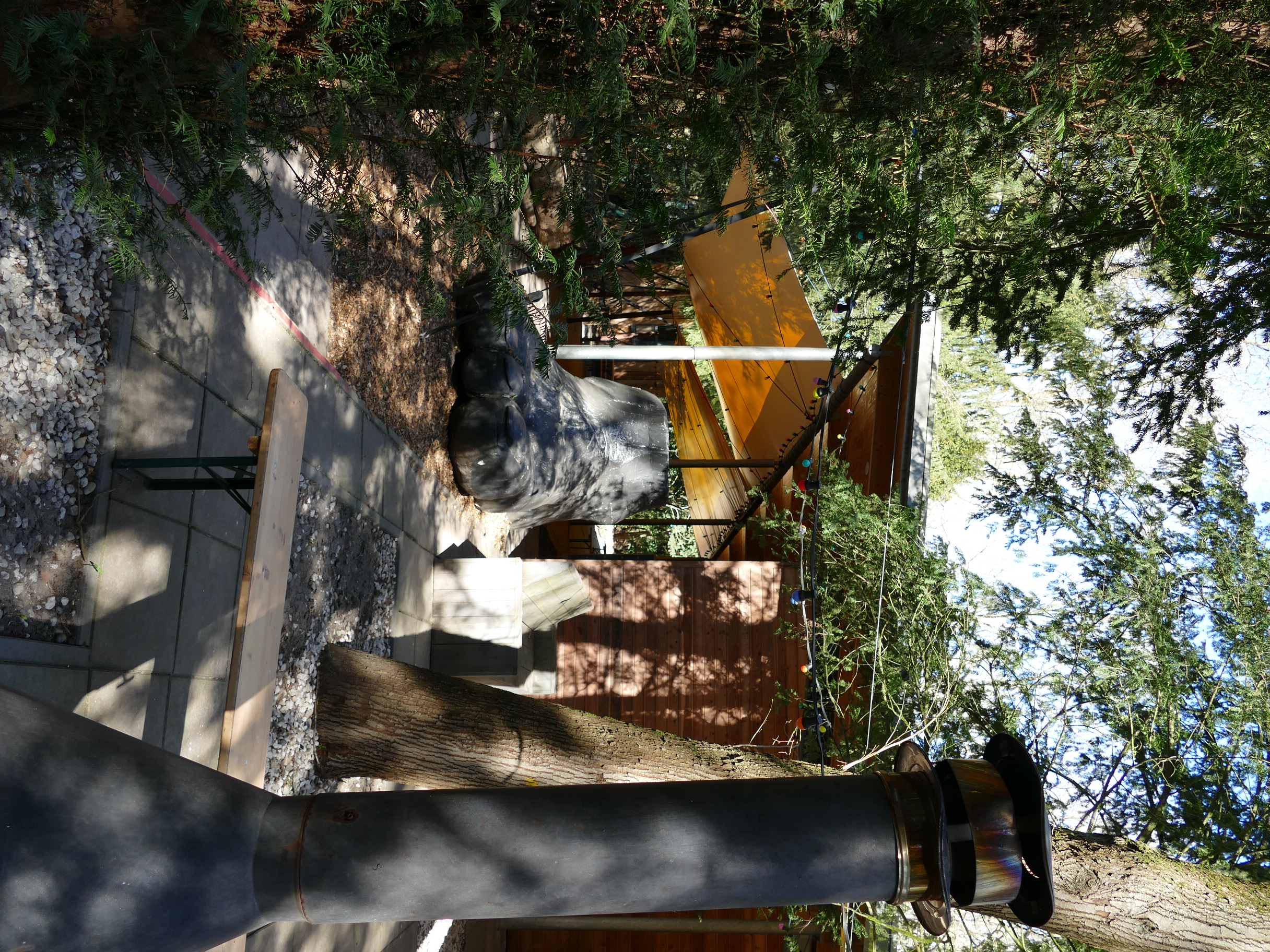
We cross another one of 116 bridges of the Bos. This one is also designed by the Amsterdam School architect Piet Kramer. It is one of the 'ball bridges'. The entire catalog is available here

We approach the Vogeleiland (Bird Island) one of the park's little natural gems. When the Bos was constructed, the initial idea was to set up an island for birds so that many different bird species could be seen in one spot. As the trees grew, the birds went away. So the Bird Island was turned into a botanical garden. Various biotopes have been created: a dune area, a swamp area, a hilly landscape and a field.
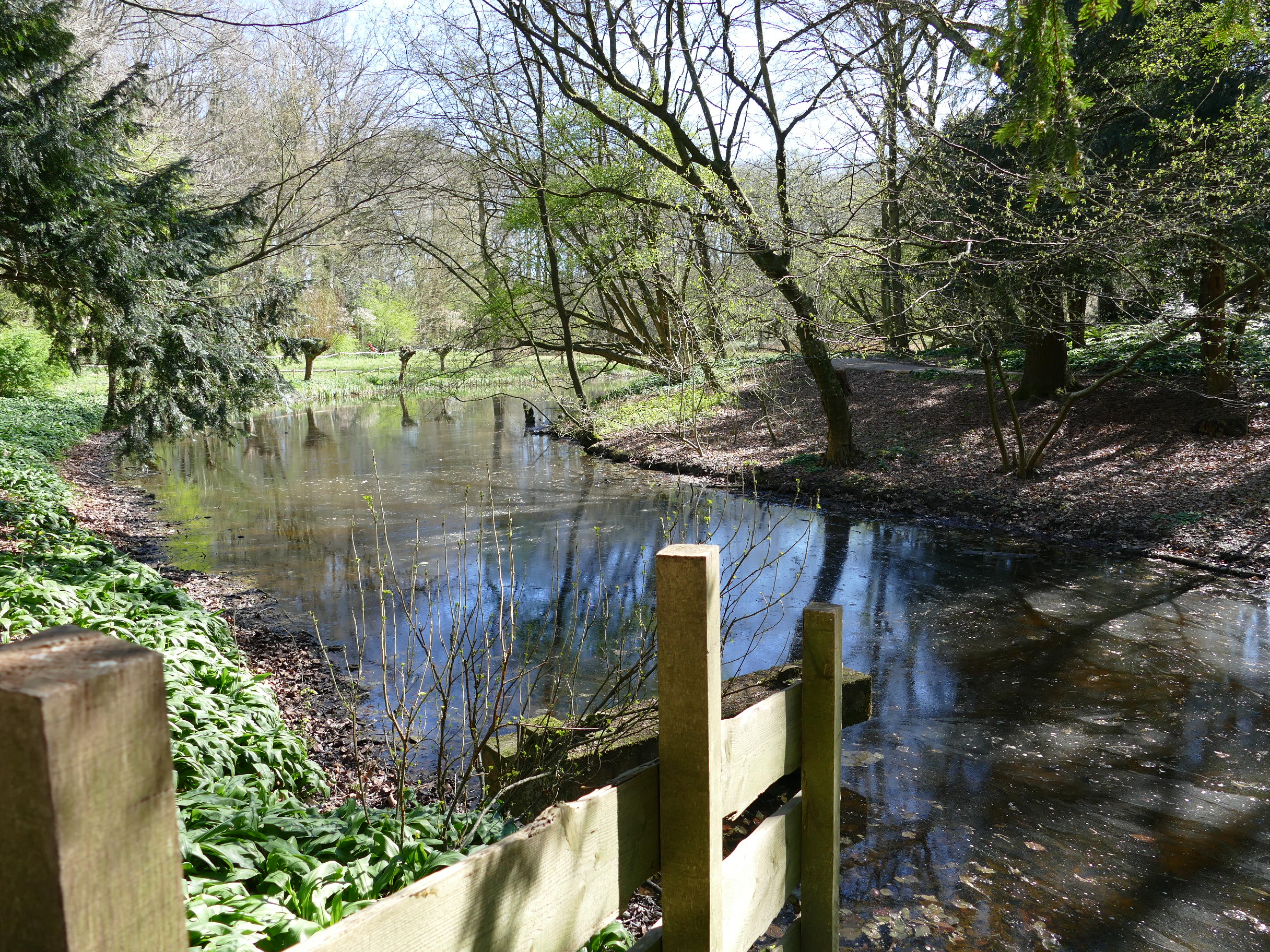
Vogeleiland I
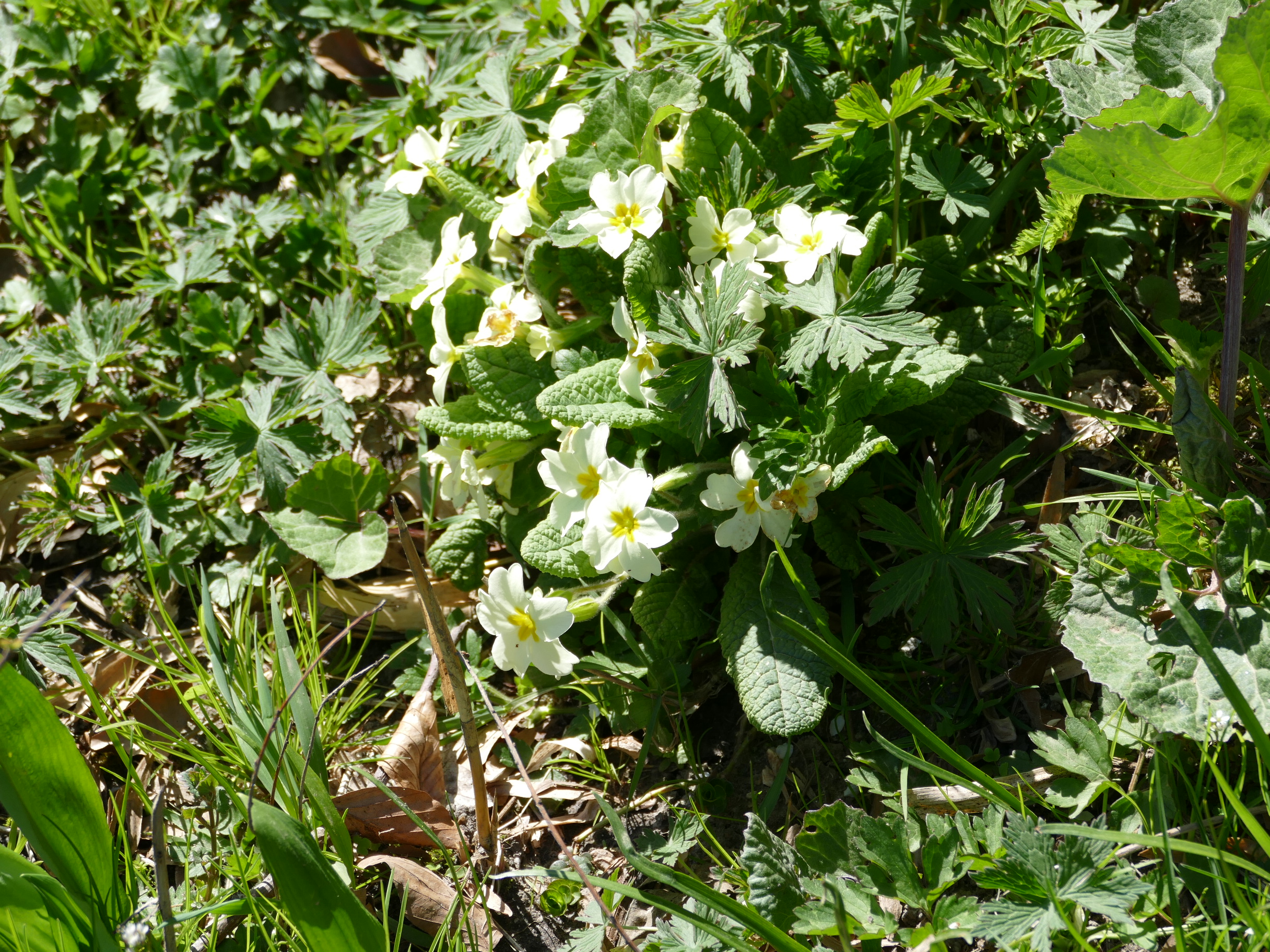
Primula or Goulitsia
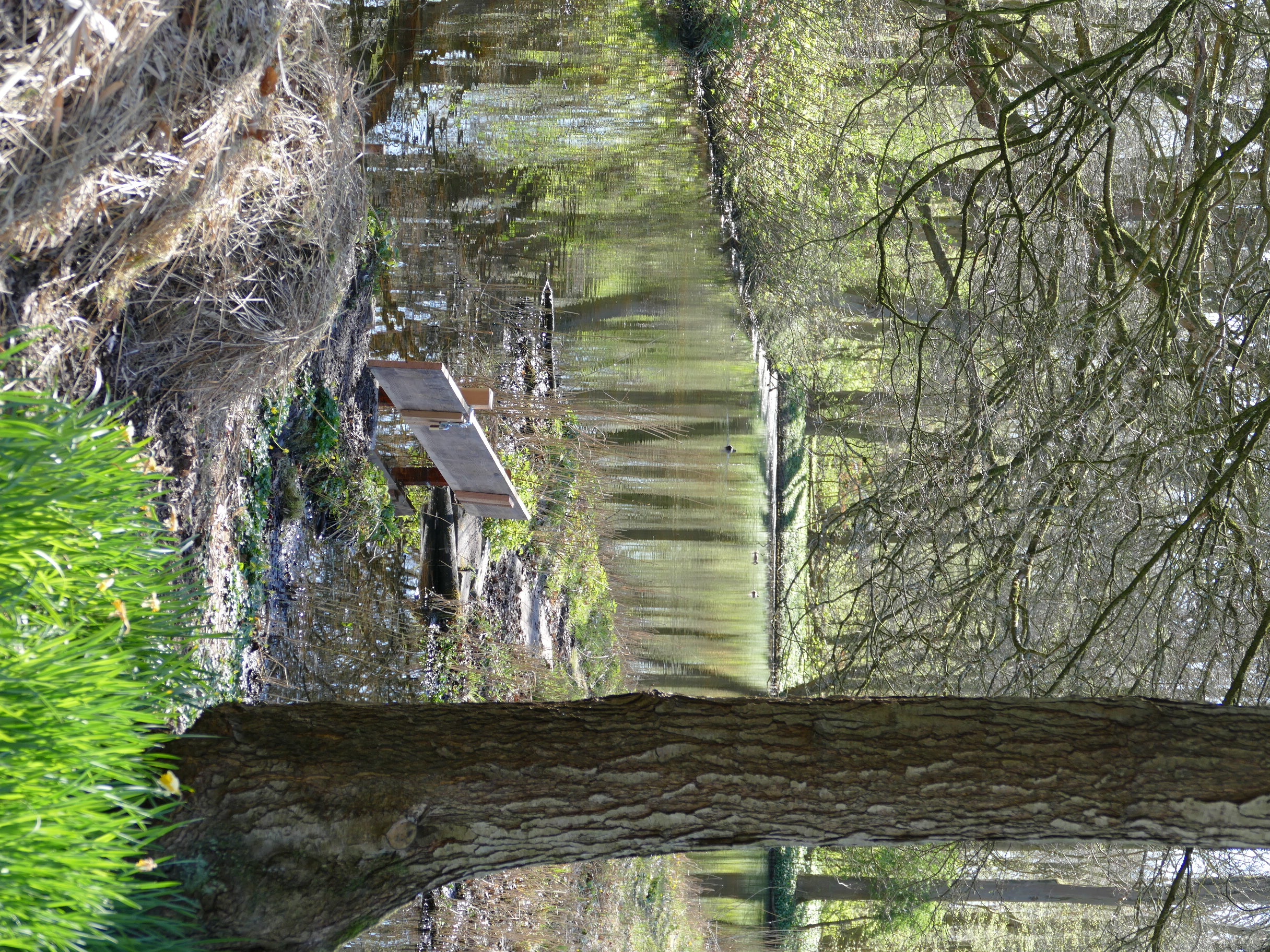
Vogeleiland again
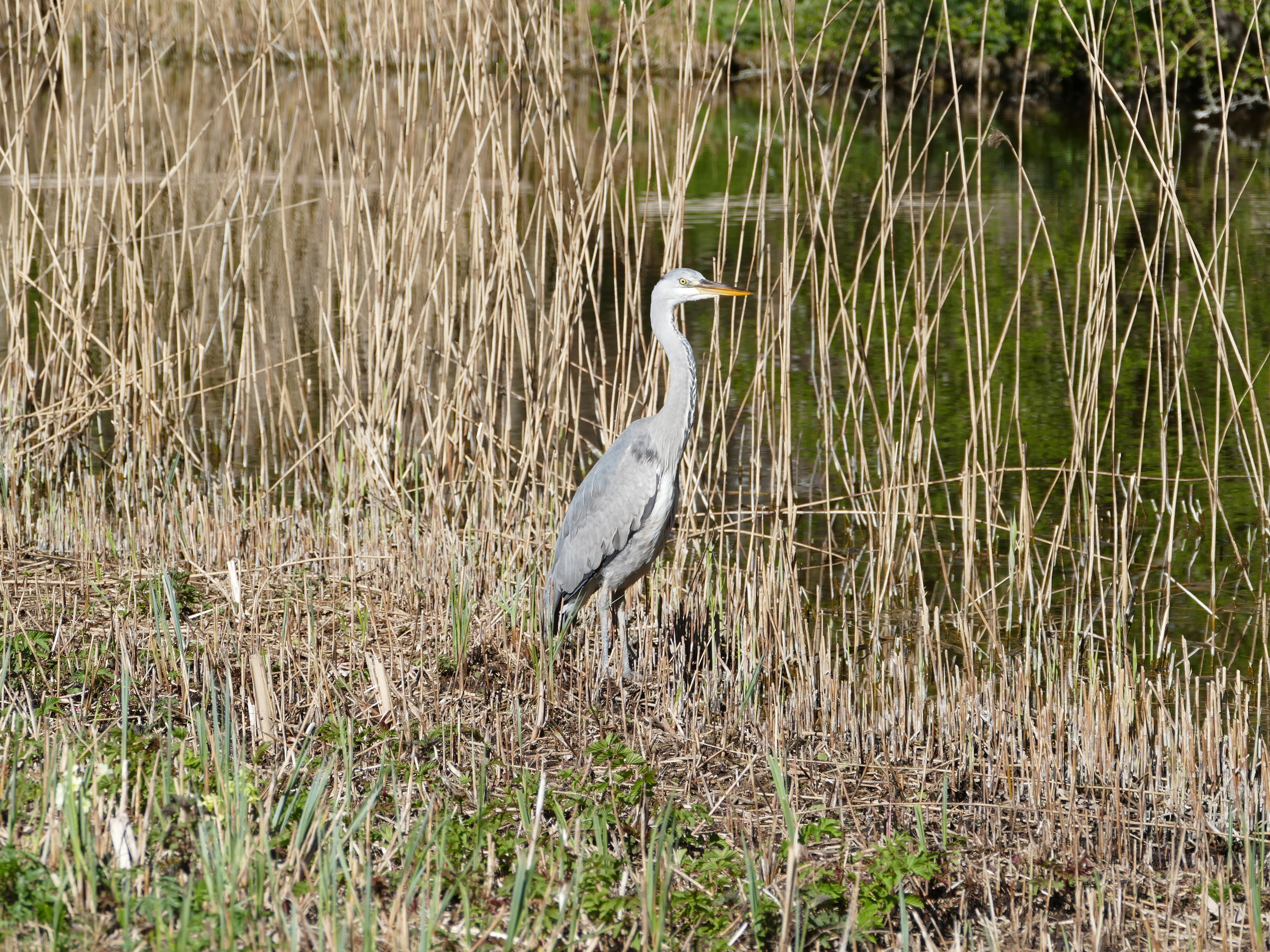
The boy and his Heron
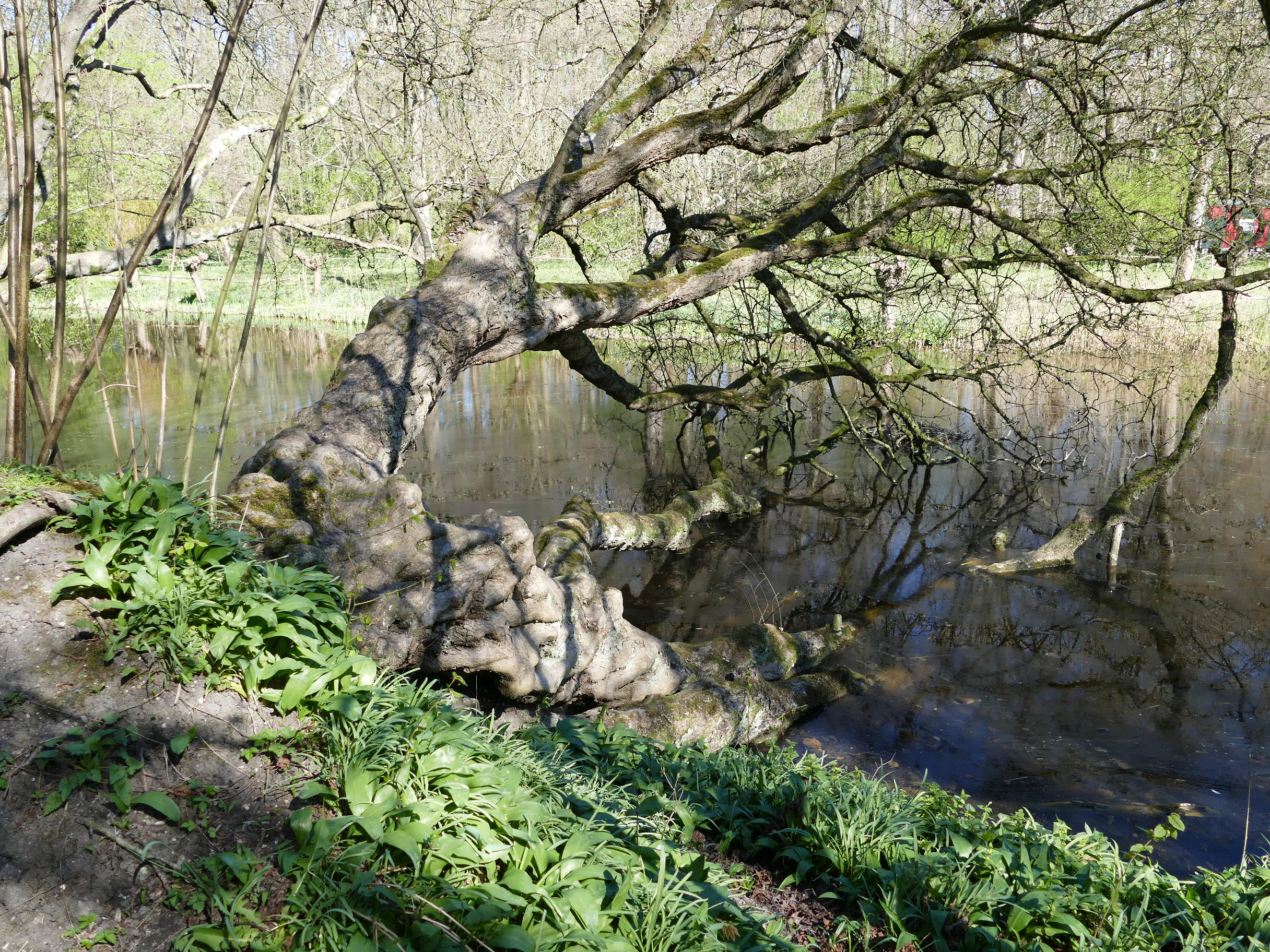
A kid's favourite inside the park is the Geitenboerderei (Goat Farm), which apparently decided to diversify into Pigs as well. The Goat Farm Ridammerhoeve was officially opened on October 6, 1988. In any case we enjoyed some great icecream cones.
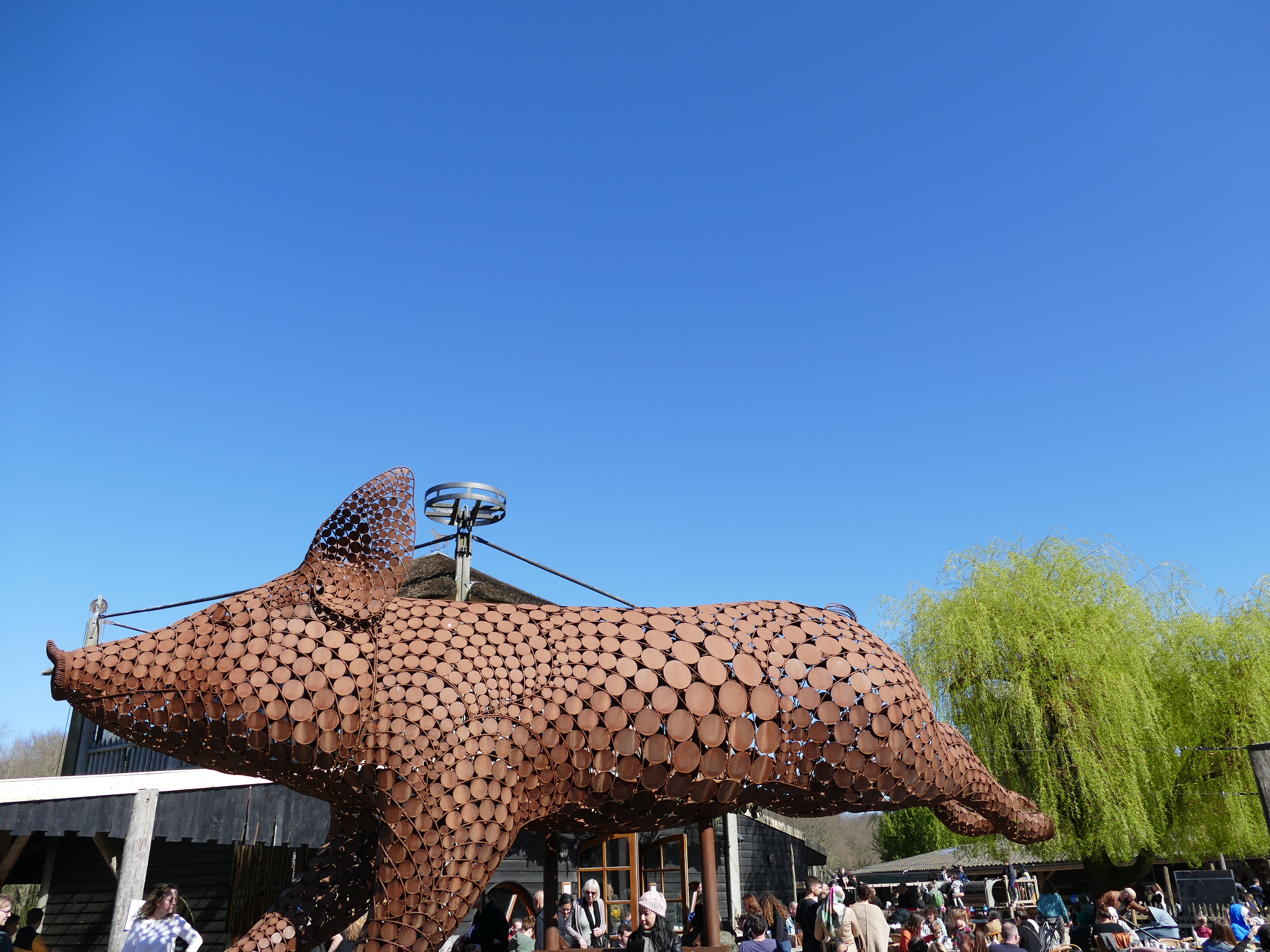
We reach the southernmost part of our loop, at the stunning Cherry Blossom Park. There are 400 cherry trees in the park and they are now in full bloom.
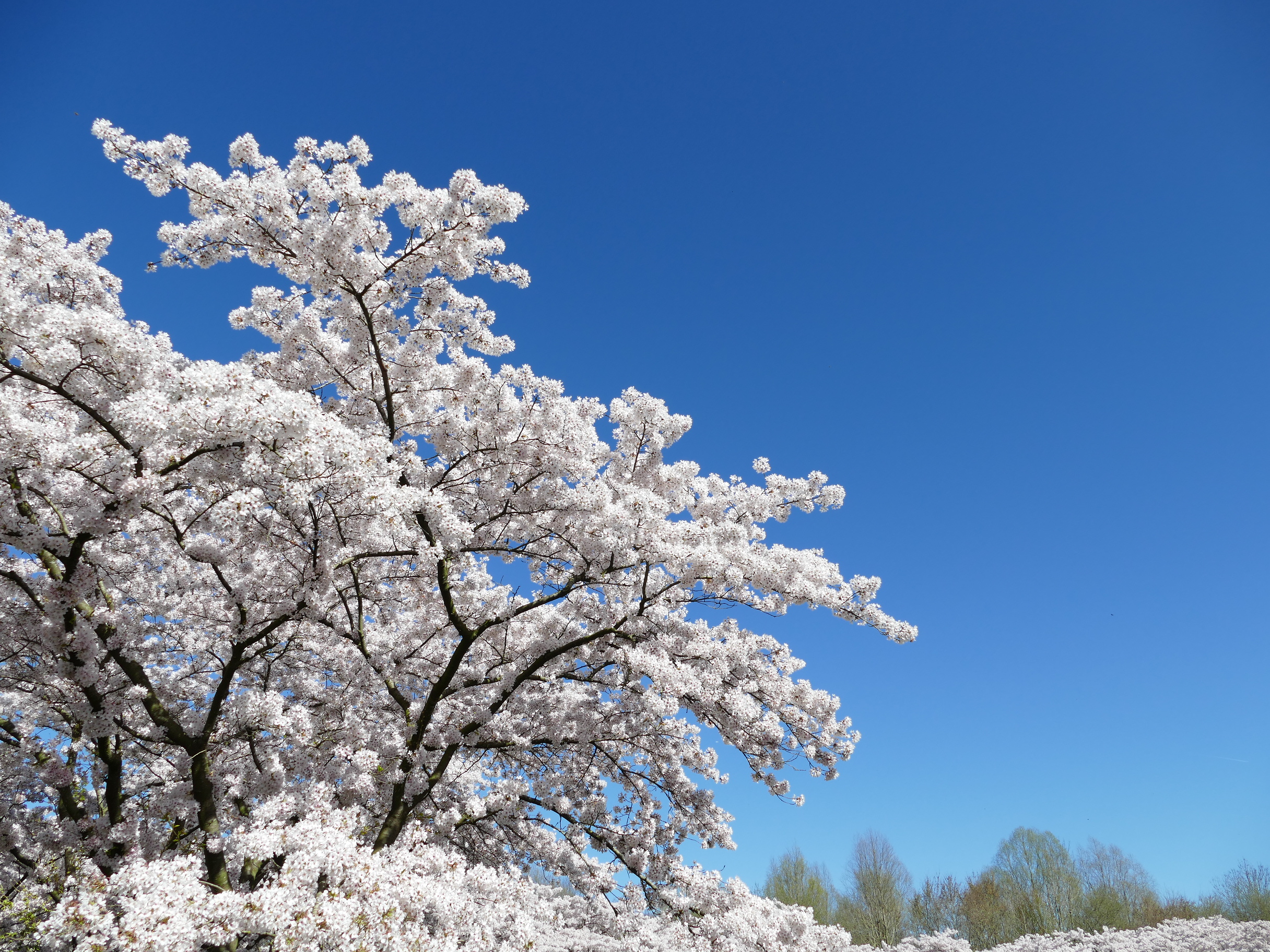
In 2000, the Japan Women's Club (JWC) donated 400 cherry trees to Amstelveen (the Japan Women’s Club (JWC) is a non-profit organisation whose founding members were women of the Japanese business community in the Netherlands). Every tree has a name: 200 trees have a Japanese female name and 200 trees have a Dutch female name. The full list of name is here
The Tsunami Monument is also located in the Blossom Park.
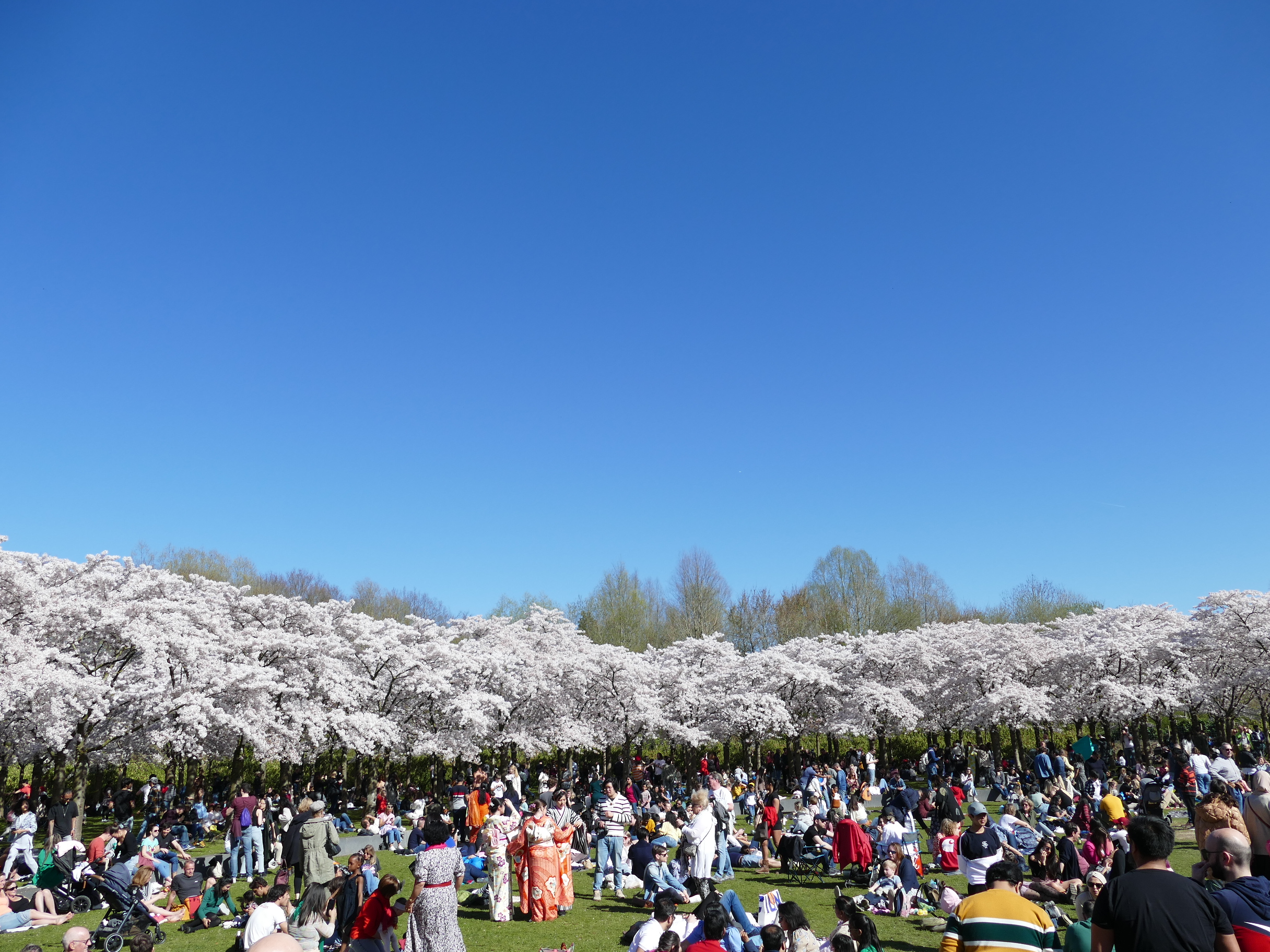
On the way back we pass by the "Heuvel" (Hill) in the center of the park. The Hill has been difficult to build. The politicians argued about its height. One alderman thought 12 meters was high enough, another wanted 20 to 25 meters. Ann alderman from a competing municipality argued for 40 meters. "But then it's no longer a hill, but a mountain".
Eventually the hill became 16 meters high and 12 meters above N.A.P. It was constructed with rubble from the city and with soil that was released when the Bosbaan was dug and widened in 1963.
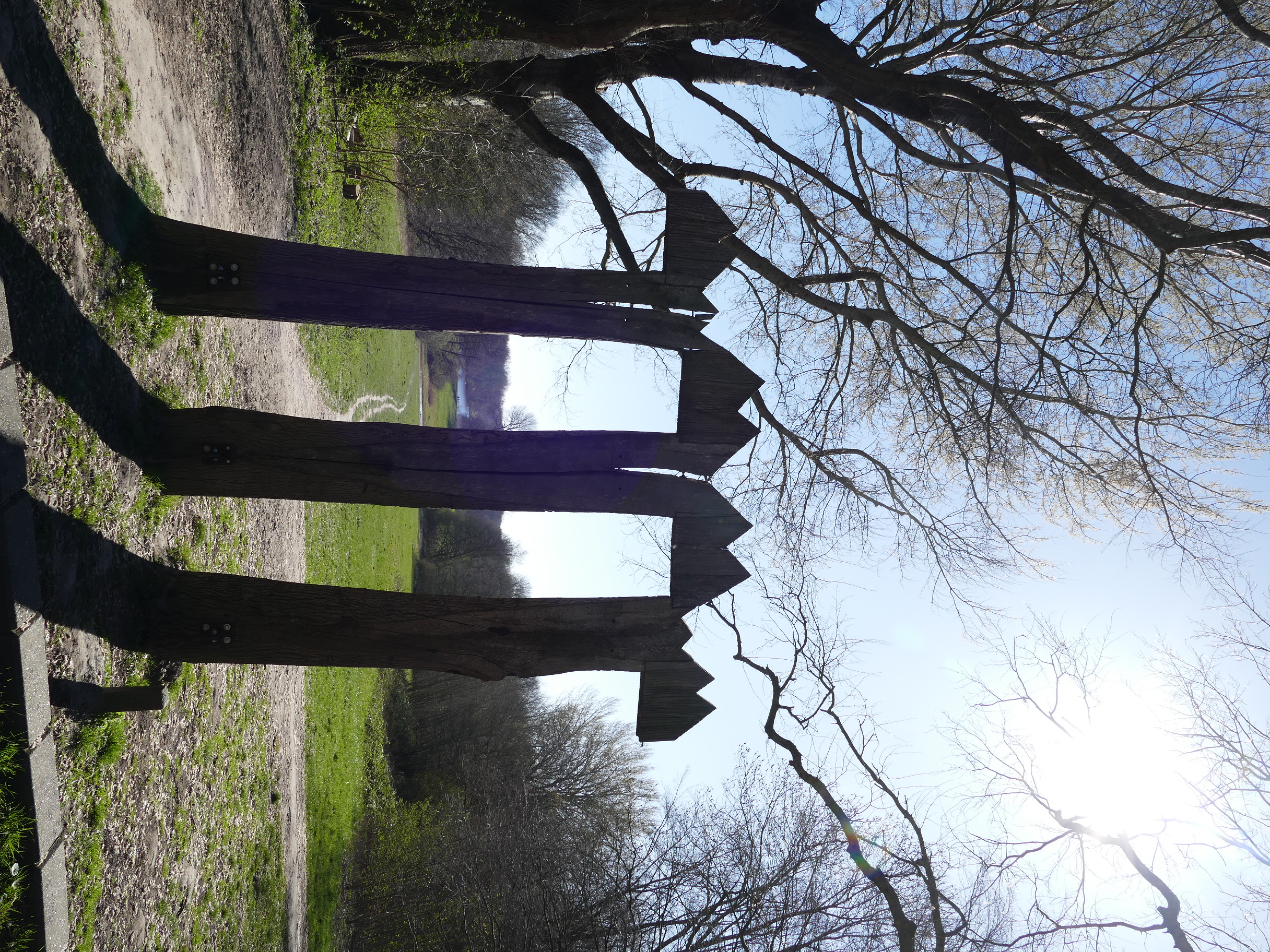
At the bottom of the hill, a lonely rock. It is actually a sculpture, but it unclear by whom.
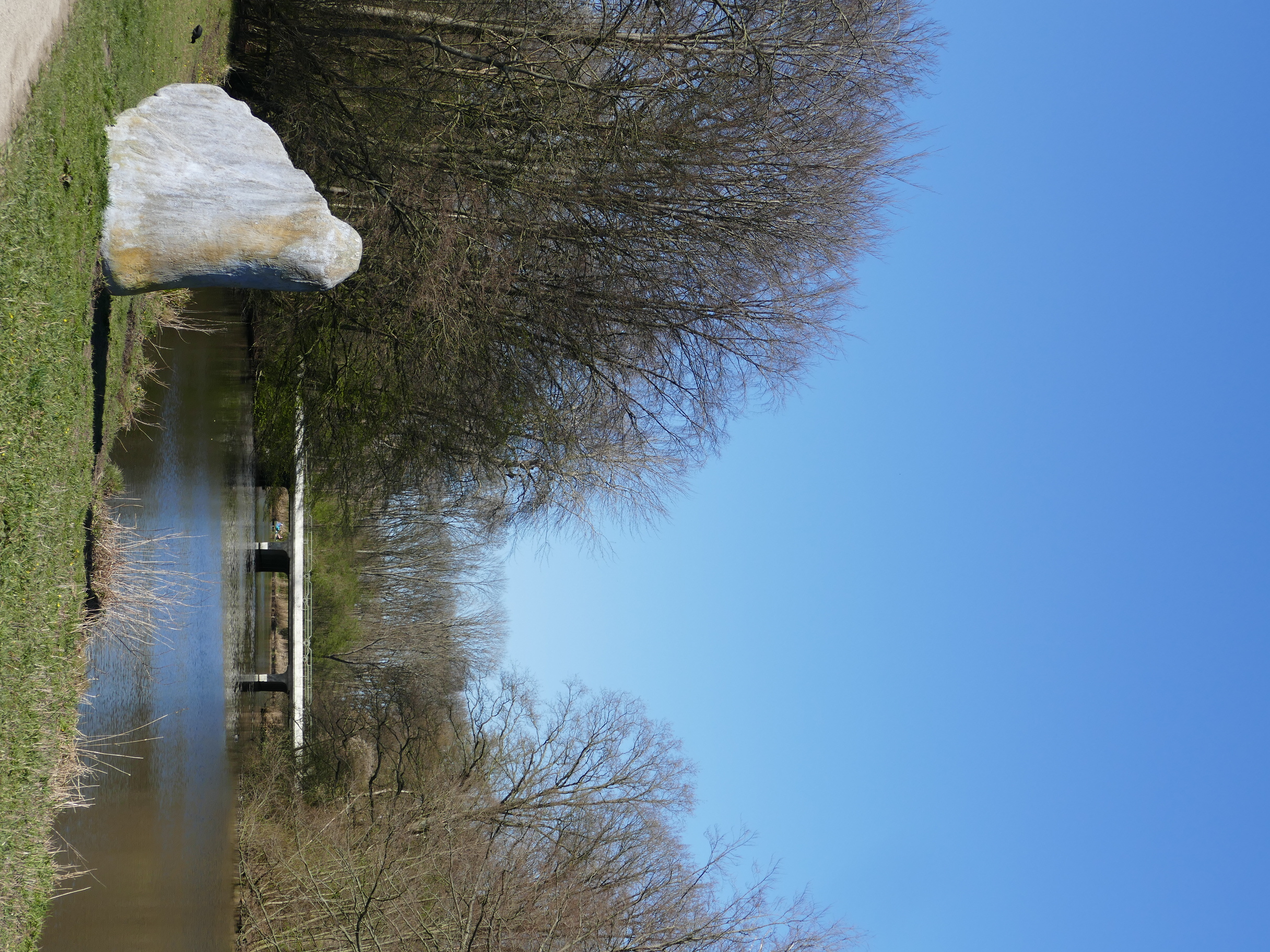
The friends of the Amsterdamse Bos maintain a website with further interesting information about this great park.